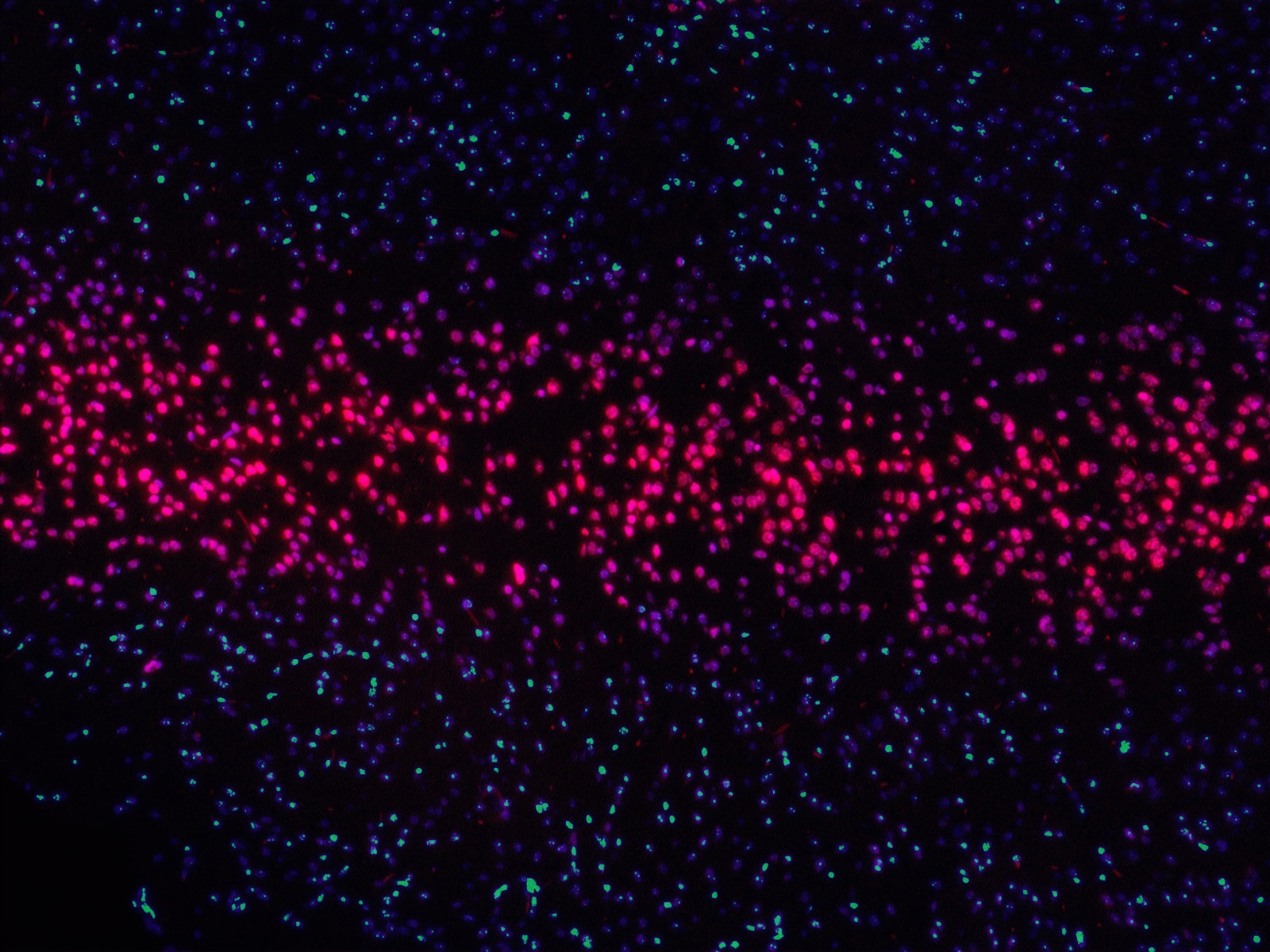Centrifugation and filtration have been widely accepted as techniques required for clarifying complex cell cultures to recover extracellular proteins such as monoclonal antibodies (mABs). However, these steps can be time-consuming and costly for labs growing their cultures in 24‑well plates.
Cell growth in a 24-well plate presents challenges for fast and efficient clarification and sterilization of the proteins of interest. To help streamline protein purification workflows, new technology has been developed that employs a 24-well, dual-layer filter plate combining the cell clarification and sterile filtration functions.
The filter plate performs cell clarification and sterile filtration of CHO, HEK, or other cultured cells in one step, in a single device, in minutes. It is ideal for laboratories that desire faster and more efficient protein purification workflows.
The plate incorporates a top layer with a depth filter that efficiently clarifies whole cells and removes large cellular debris. A lower layer consisting of a 0.65/0.2 μm Supor® EKV membrane provides high-performance sterile filtration. With either a vacuum manifold or centrifuge, high-density cell cultures (such as CHO or HEK) can be quickly processed resulting in the capture and removal of cells, cell debris, and other biological aggregates in the filter media. This filter combination effortlessly recovers proteins from whole cell cultures with varying variabilities of up to 25M+ cells/mL. The filter plate consolidates two or more separate processes (clarification and sterile filtration) into one workflow step that typically requires less than 20 minutes. Then, the samples can be moved downstream for further purification or testing. In addition, the cell clarification and sterile filtration plates can use seven times less plastic consumables by weight than traditional forms of recovery -- significantly reducing disposal and landfill costs.
Testing and Performance
Testing was conducted to determine the performance of the 24-well clarification and sterile filter plate. The testing data was collected with high-density CHO and HEK cell cultures.
The data showed that the 24-well filter plate behaved similarly when used under vacuum or centrifugation, with respect to parameters such as media pH, conductivity, optical density, and protein recovery. The pH and conductivity of the samples were in a similar range before and after filtration through the 24-well plate for both the CHO cells culture and the HEK293T culture, indicating that none or negligible amounts of filtering media material were released downstream to the filtered samples. The removal of cells can also influence the pH and conductivity but the effect was not observed here.
The turbidity and optical density showed that after filtration of the mammalian cell cultures or supernatant of the HEK293T culture, the filtrates obtained with the 24-well filter plate contained clarified media with a minimal breakthrough.
For the protein recovery, the study found that the overall total proteins from the CHO or HEK293T cell cultures were well recovered after filtration (> 95%).

Figure 1: 24-Well Clarification and Sterile Filter Plate
Conclusion
This study’s objective was to assess the efficiency of the 24-well clarification and sterile filtration plate when used with mammalian cell suspensions. High-density CHO cell suspension, artificially concentrated, and HEK293T cell cultures were used with the 24-well filter plates under vacuum and in centrifugation.
The suitability of the 24-well plate for the clarification of mammalian cell cultures, particularly for high-density CHO cells (up to 26 x 106 cells/mL) and HEK293T cells (up to 4 x 106 cells/mL), was demonstrated. Total protein recovery (from ≈ 5 to 10 mg initial total proteins) was determined to be greater than 95% with the 24-well plates regardless of the plate type used.
The test demonstrated the new filter plates achieved high recovery rates and low hold-up volumes, possibly due to fewer filtration and workflow steps where proteins may be lost or trapped. Our study indicated that the performance of these new 24-well filter plates is commensurate with the traditional cell clarification and sterilization technologies available on the market.